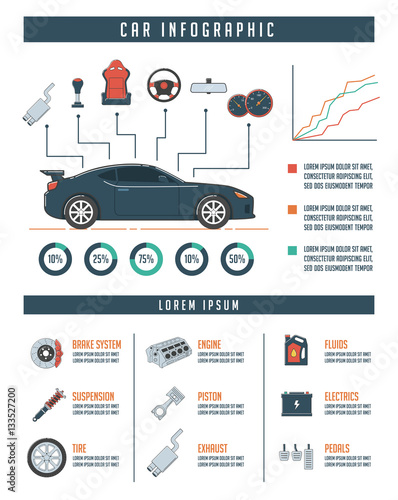Examining Your Vehicle'S Warning Indicators: What They Really Convey
Examining Your Vehicle'S Warning Indicators: What They Really Convey
Blog Article
Composed By-Samuelsen Dalgaard
When you're behind the wheel, those glowing warning lights on your control panel can be a little bit perplexing. Do you recognize what they're trying to inform you about your car's health and wellness? Comprehending the significance of these lights is vital for your security and the long life of your automobile. So, the next time among those lights pops up, wouldn't you intend to understand its message precisely and take the essential steps to address it?
Common Caution Lights and Interpretations
Recognize common warning lights in your auto and comprehend their meanings to make certain safe driving.
The most typical caution lights include the check engine light, which signifies issues with the engine or discharges system. If this light begins, it's important to have your car inspected immediately.
The oil stress advising light shows reduced oil stress, requiring instant focus to prevent engine damages.
A flashing battery light may suggest a damaged charging system, potentially leaving you stranded if not dealt with.
The tire pressure monitoring system (TPMS) light notifies you to reduced tire stress, affecting automobile security and fuel performance. Disregarding this can lead to harmful driving conditions.
The ABS light shows a problem with the anti-lock stopping system, endangering your capability to quit rapidly in emergency situations.
Last but not least, the coolant temperature level alerting light warns of engine getting too hot, which can lead to serious damage otherwise dealt with swiftly.
Comprehending these common warning lights will certainly help you deal with concerns quickly and preserve risk-free driving conditions.
Importance of Prompt Focus
Comprehending the usual warning lights in your cars and truck is just the very first step; the value of without delay addressing these warnings can not be stressed sufficient to ensure your safety and security when traveling.
When a warning light brightens on your control panel, it's your cars and truck's means of communicating a potential issue that needs attention. Disregarding these cautions can bring about a lot more serious troubles later on, endangering your safety and security and possibly costing you extra out of commission.
Motivate focus to cautioning lights can avoid breakdowns and crashes. As learn the facts here now , a flashing check engine light can show a misfire that, if left neglected, could trigger damages to the catalytic converter. Resolving this quickly can save you from a pricey repair service.
Likewise, a brake system cautioning light might signal reduced brake liquid or used brake pads, crucial components for your safety when driving.
DIY Troubleshooting Tips
If you observe a warning light on your dashboard, there are a few DIY troubleshooting tips you can try prior to seeking professional assistance.
The initial step is to consult your auto's manual to recognize what the particular caution light indicates. Often the concern can be as simple as a loosened gas cap triggering the check engine light. Tightening the gas cap may solve the trouble.
deep car cleaning services is a low battery, which can set off various cautioning lights. Examining the battery links for corrosion and ensuring they're secure might repair the trouble.
If a caution light continues, you can attempt resetting it by disconnecting the cars and truck's battery for a couple of mins and then reconnecting it. In addition, checking your vehicle's fluid levels, such as oil, coolant, and brake liquid, can help fix alerting lights related to these systems.
Conclusion
To conclude, recognizing your automobile's caution lights is necessary for keeping your car running efficiently and safely. By immediately resolving these informs and understanding what they mean, you can avoid costly repairs and possible malfunctions.
Remember to consult your vehicle's handbook for particular information on each alerting light and act accordingly to ensure a hassle-free driving experience.
Stay notified, remain risk-free when driving!
